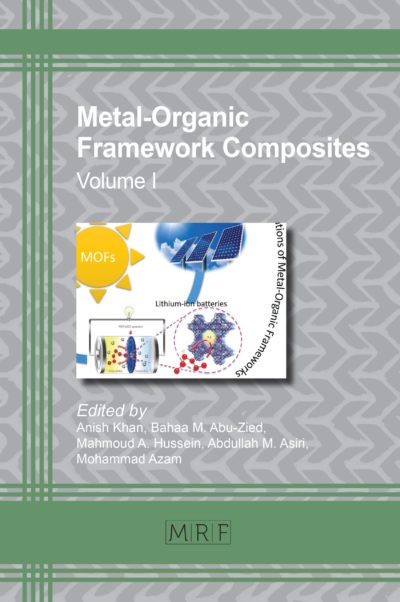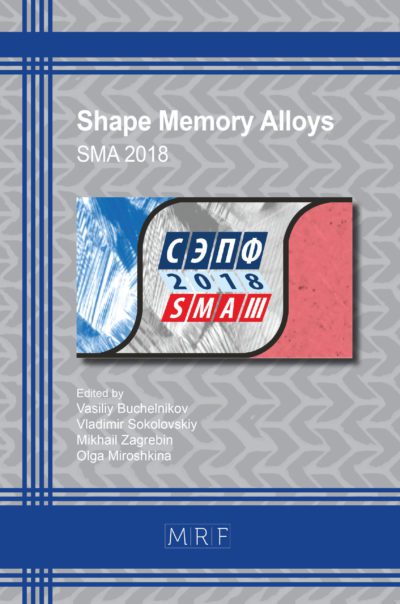Composite forming post-manufacture: reducing complexity and de-risking manufacture
PALUBISKI Dominic R., LONGANA Marco L., DULIEU-BARTON Janice M., HAMERTON Ian, IVANOV Dmitry S.
download PDFAbstract. Forming is a high-risk operation as the deformation of precursors, such as preforms or prepregs, is difficult to control. Aiming at de-risking manufacturing and improving processing logistics, a new forming concept is presented involving pre-structuring, i.e. producing fully cured flat structure with integrated formable hinge regions, and assembly, where the part is given the targeted shape using localised forming in the hinge regions. Such a technique becomes feasible if (a) the hinges are produced with the aid of covalent adaptive networks (CANs, cross-linked polymers that can flow when heated above a certain temperature), (b) the excess fibre length (that can occur in the process of forming) is incorporated at the pre-structuring stage. Hence, we pursue an idea of multi-matrix continuously-reinforced composites (MMCRC) with embedded fibre path features, where the main body of composites structure is produced with a conventional epoxy matrix and the hinged areas are produced with reformable CANs. The current paper explores the potential and limitations of this technology in manufacturing trials. It is demonstrated that the presented concept can yield high quality solutions. It is highlighted that an improved manufacturing procedure using specially designed and portable machinery would enable application of the MMCRC technology in the field, facilitating repair and efficient transportation.
Keywords
Composites, Modular Forming, Multi-Matrix Systems, Post-Manufacture Forming
Published online 4/24/2024, 9 pages
Copyright © 2024 by the author(s)
Published under license by Materials Research Forum LLC., Millersville PA, USA
Citation: PALUBISKI Dominic R., LONGANA Marco L., DULIEU-BARTON Janice M., HAMERTON Ian, IVANOV Dmitry S., Composite forming post-manufacture: reducing complexity and de-risking manufacture, Materials Research Proceedings, Vol. 41, pp 440-448, 2024
DOI: https://doi.org/10.21741/9781644903131-49
The article was published as article 49 of the book Material Forming
![]() Content from this work may be used under the terms of the Creative Commons Attribution 3.0 license. Any further distribution of this work must maintain attribution to the author(s) and the title of the work, journal citation and DOI.
Content from this work may be used under the terms of the Creative Commons Attribution 3.0 license. Any further distribution of this work must maintain attribution to the author(s) and the title of the work, journal citation and DOI.
References
[1] Hassan MH, Othman AR, Kamaruddin S. A review on the manufacturing defects of complex-shaped laminate in aircraft composite structures. The International Journal of Advanced Manufacturing Technology 2017;91:4081–94. https://doi.org/10.1007/s00170-017-0096-5
[2] Lukaszewicz DH-JA, Ward C, Potter KD. The engineering aspects of automated prepreg layup: History, present and future. Compos B Eng 2012;43:997–1009. https://doi.org/10.1016/j.compositesb.2011.12.003
[3] Radhakrishnan A, Georgillas I, Hamerton I, Shaffer MSP, Ivanov DS. Manufacturing Multi-Matrix Composites: Out-of-Vacuum Bag Consolidation. J Manuf Sci Eng 2023;145. https://doi.org/10.1115/1.4063091
[4] Stanier D, Gent I, Roy SS, Hamerton I, Potluri P, Ivanov DS. Mechanical Behaviour of Patterned Multi-Matrix Composites with Gradient Properties. 2016.
[5] Palubiski DR, Longana ML, Dulieu-Barton JM, Hamerton I, Ivanov DS. Multi-matrix continuously-reinforced composites: A novel route to sustainable repair of composite structures. Mater Des 2023;235:112446. https://doi.org/10.1016/J.MATDES.2023.112446
[6] Turk MA, Vermes B, Thompson AJ, Belnoue JP-H, Hallett SR, Ivanov DS. Mitigating forming defects by local modification of dry preforms. Compos Part A Appl Sci Manuf 2020;128:105643. https://doi.org/10.1016/j.compositesa.2019.105643
[7] Leibler L, Tournilhac F, Capelot M, Montarnal D. Silica-Like Malleable Materials from Permanent Organic Networks. Science (1979) 2011;334:965–8. https://doi.org/10.1126/science.1211649
[8] Ivanov DS, Volatier J, Rosli A, Nixon-Pearson O, Belnoue JP-H, Potter K, et al. Novel Methods of Assessing Inter-Ply Properties of Toughened Prepregs in Application to the Analysis of Fibre Path Defects. 20th International Conference on Composite Materials, Copenhagen: 2015.
[9] ASTM. D6415/D6415M 2013. https://doi.org/10.1520/D6415_D6415M-06AR13
[10] Mallinda n.d. https://mallinda.com/product/ (accessed August 16, 2022).
[11] Easy Composites n.d. https://www.easycomposites.co.uk/ (accessed August 16, 2022).
[12] Gurit Prime Resin Systems n.d. https://www.gurit.com/en/our-business/composite-materials/liquids/infusion (accessed August 16, 2022).
[13] Taynton P, Yu K, Shoemaker RK, Jin Y, Qi HJ, Zhang W. Heat- or water-driven malleability in a highly recyclable covalent network polymer. Advanced Materials 2014;26:3938–42. https://doi.org/10.1002/ADMA.201400317
[14] Kissounko DA, Taynton P, Kaffer C. New material: vitrimers promise to impact composites. Reinforced Plastics 2018;62:162–6. https://doi.org/10.1016/j.repl.2017.06.084














